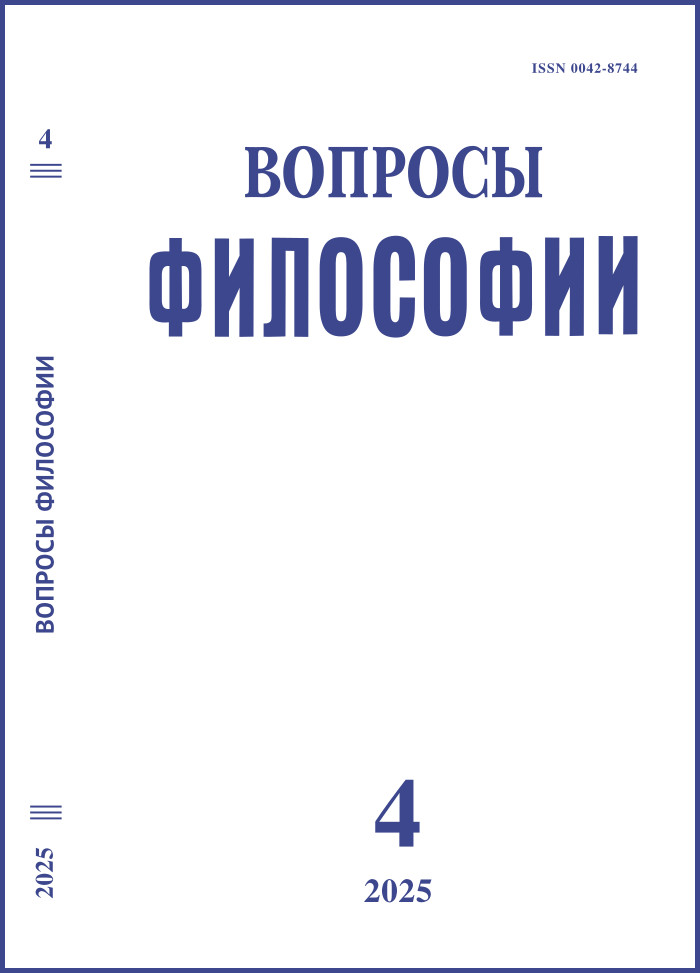The Requirement Not to Harm in Psychological Conceptions of Morality (Perspective Through the Lens of Moral Philosophy)
DOI:
https://doi.org/10.21146/0042-8744-2025-4-68-79Keywords:
morality, ethics, moral psychology, definition of morality, harm, requirement not to harm, A. Fiske, E. Turiel, J. Haidt, K. GrayAbstract
The main task of the paper is to determine the place of the requirement not to harm others in psychological conceptions of morality. The theoretical framework of the analysis is set by the experience of conceptualizing morality in philosophy. Philosophical typology of definitions of morality includes the following types: 1) descriptive formal, 2) descriptive functional, 3) descriptive substantive, and 4) normative substantive. In substantive definitions, the requirement not to harm others is either presented directly or is the closest concretization of the statements summarizing moral values and norms. It is not included in formal and functional definitions. Psychologists has created conceptions based on the definitions of all four types. E. Turiel in his substantive and normative conception identifies the content of morality with the requirement not to harm others and its derivatives – protection of rights and justice. The conception
of A. Fiske is strictly formal and functional. The requirement not to harm others is not presented in any way in his definition of morality. This allows him to speak about “virtuous violence”. J. Haidt uses an explicit functional definition, but there are also traces of an implicit formal one. The content of morality strictly follows its form, so the requirement not to harm others occupies quite a limited place among J. Haidt’s moral foundations. In K. Gray’s conception, morality is defined on a substantive basis, but his substantive definition is descriptive. The specificity of moral judgments is set by the use of the “cognitive template of harm”. It is infliction of harm that moral agents perceive as impermissible, but their interpretations of the harmfulness of actions are subjective and very broad. In the analytical part of the paper, advantages of A. Turiel’s conception are demonstrated.

